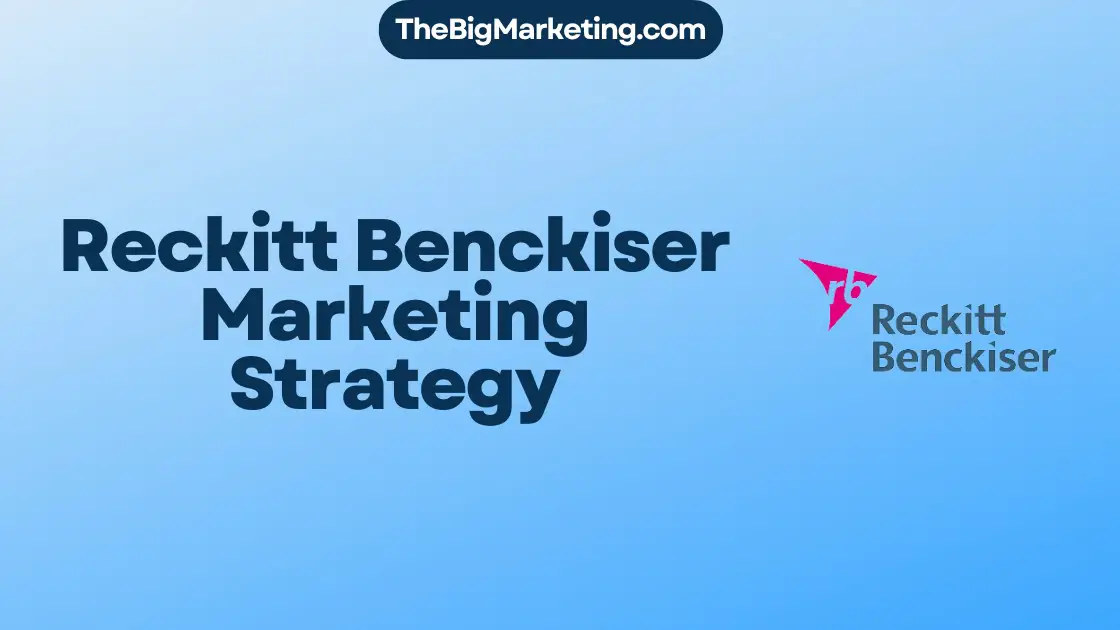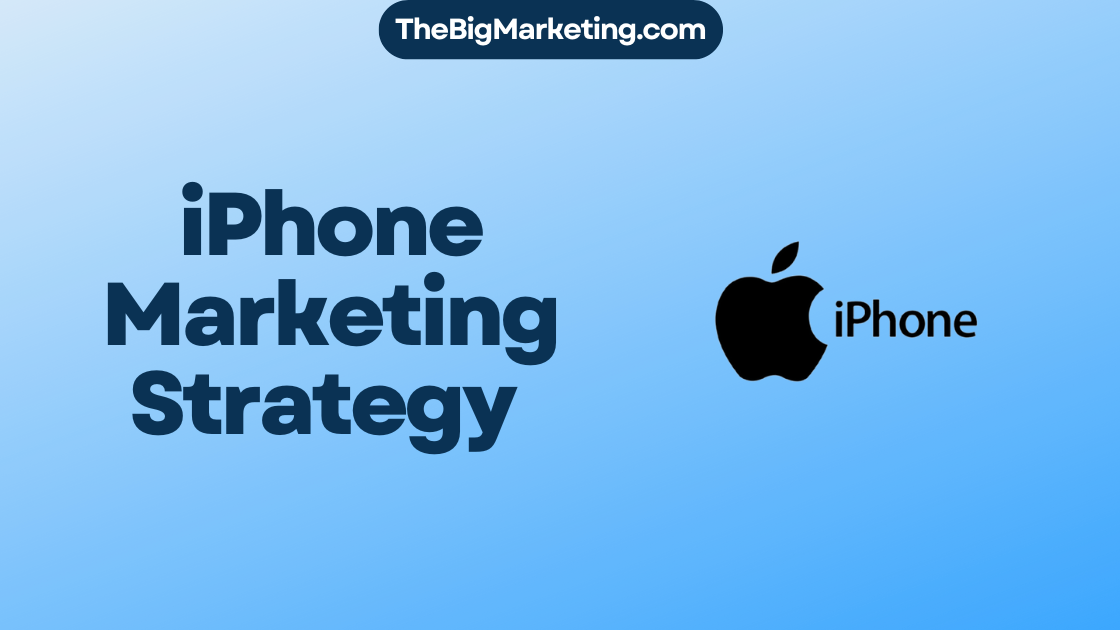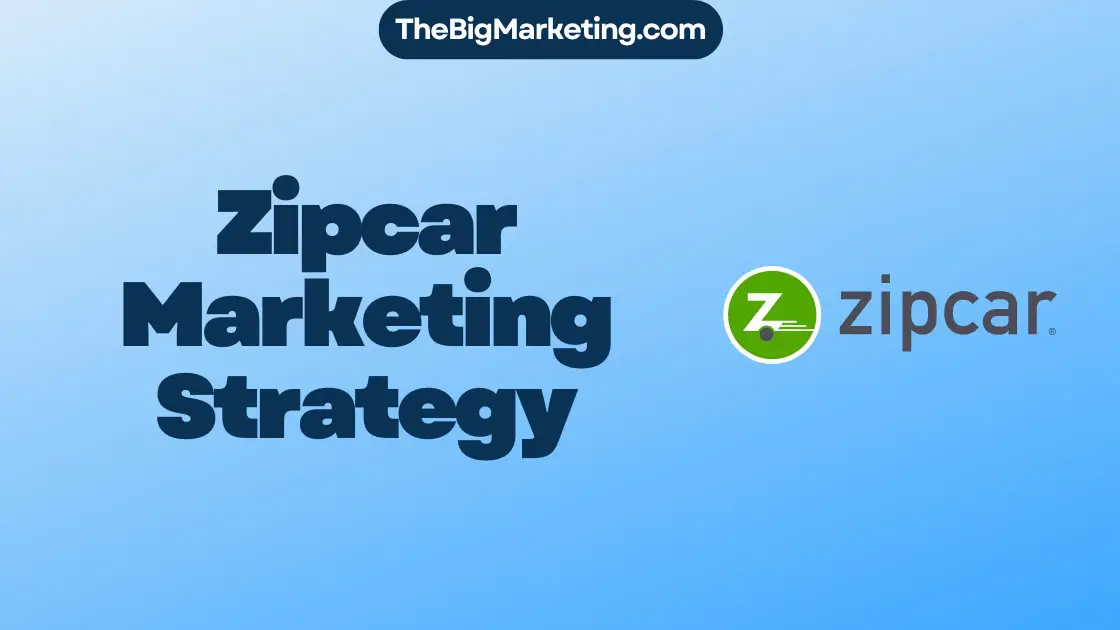SCO, or Social Channel Optimization, is a crucial concept in digital marketing. It involves creating and optimizing content to increase visibility and traffic from search engines and social media platforms. Unlike SEO, SCO focuses specifically on optimizing content for social media channels, maximizing online presence and engagement. This article will delve into the definition, role, and importance of SCO in marketing strategies, as well as the differences between SCO and SEO.
Key Takeaways
- SCO stands for Social Channel Optimization and is a key element of digital marketing strategies.
- SCO involves creating and optimizing content for increased visibility and engagement on social media channels.
- It differs from SEO (Search Engine Optimization), which focuses on optimizing content for search engine algorithms.
- By incorporating SCO strategies into marketing efforts, businesses can enhance brand awareness and reach a wider audience.
- SCO and SEO are both vital components of a comprehensive digital marketing strategy.
What is SCO Marketing?
SCO marketing, also known as Social Channel Optimization in the context of digital marketing, is a strategic approach to increase visibility and drive traffic from search engines and social media algorithms. It involves creating and optimizing content specifically for social media channels, focusing on enhancing engagement and follower count on these platforms. SCO marketing is a multichannel approach that complements other marketing efforts, such as SEO, by maximizing visibility on various online channels.
SCO marketing strategies encompass Social Channel Optimization, Search Channel Optimization, and Sales Cycle Optimization. These strategies aim to optimize content for social media platforms, increase visibility on search engine results pages (SERPs), and streamline the sales cycle through effective communication with the target audience.
SCO Marketing Strategies
When implementing SCO marketing strategies, it is essential to understand the significance of Social Channel Optimization in digital marketing. By leveraging SCO, businesses can capitalize on the widespread use of social media platforms and search engines to reach their target audience effectively.
Here are some key SCO marketing strategies:
- Social Channel Optimization: This strategy involves tailoring content to maximize visibility and engagement on social media platforms. It includes optimizing posts, using relevant hashtags, and encouraging interaction.
- Search Channel Optimization: This strategy focuses on optimizing content for search engines, ensuring that it appears prominently on SERPs. It involves keyword research, on-page optimization, and link building.
- Sales Cycle Optimization: This strategy aims to streamline the sales process by optimizing content and communication with potential customers at each stage of the buyer’s journey. It includes personalized outreach, targeted content, and lead nurturing.
Implementing these SCO marketing strategies can significantly enhance brand visibility, increase website traffic, and improve customer engagement on social media platforms. By incorporating SCO marketing into their overall digital marketing strategy, businesses can effectively leverage the power of social media and search engines to achieve their marketing goals.
The Difference Between SEO and SCO in Marketing
When it comes to increasing visibility and driving website traffic, SEO (Search Engine Optimization) and SCO (Social Channel Optimization) are two important strategies in digital marketing. While they share a common goal, they differ in terms of objectives and methods. Let’s take a closer look at the difference between SEO and SCO:
SEO:
SEO focuses on optimizing website content for search engine algorithms, with the aim of improving organic search traffic. The primary goal of SEO is to rank higher in search engine results pages (SERPs) for relevant keywords. This involves various practices, including on-page optimization (such as optimizing meta tags, headings, and content) and off-page optimization (such as building high-quality backlinks).
SEO marketing strategies revolve around increasing website visibility and driving targeted traffic from search engines. The ultimate goal is to enhance brand awareness, reach a wider audience, and generate qualified leads through organic search.
SCO:
SCO, on the other hand, focuses on optimizing and distributing content on social media platforms to increase visibility and engagement. The main objective of SCO is to maximize the reach and impact of content on social channels. SCO strategies involve creating and sharing content that resonates with the target audience on platforms such as Facebook, Instagram, Twitter, and LinkedIn.
SCO marketing aims to increase brand awareness, drive social media engagement, and generate website traffic through social channels. By optimizing content specifically for social media algorithms, SCO enhances marketing efforts by maximizing visibility and exposure on social platforms.
While SEO and SCO serve different purposes, they are not mutually exclusive. In fact, combining both strategies in a comprehensive digital marketing plan can yield powerful results. Businesses can leverage SEO and SCO together to increase website visibility, reach a wider audience, and achieve their marketing goals.
Overall, SEO and SCO are essential components of a successful digital marketing strategy. By understanding the difference between the two and implementing the right mix of SEO and SCO practices, businesses can create a comprehensive online presence that drives traffic, engagement, and conversions.
Creating an SCO Marketing Strategy
To create a successful SCO marketing strategy, it’s crucial to follow a systematic approach that incorporates various essential steps. These steps include identifying low-hanging fruit keywords, utilizing effective keyword research tools, optimizing content for social media platforms, repurposing content for multiple channels, scheduling content strategically, building high-quality backlinks, and tracking relevant metrics and analytics to measure the effectiveness of the SCO strategy.
Identifying Low-Hanging Fruit Keywords and Utilizing Keyword Research Tools
One of the first steps in creating an SCO marketing strategy is identifying low-hanging fruit keywords that have high search volume and low competition. By targeting these keywords, you can optimize your content to rank higher in search engine results pages (SERPs) and increase visibility. Utilize powerful keyword research tools like SEMRush, Ahrefs, and Google Keyword Planner to discover these keywords and analyze their search volume and competition levels.
Optimizing Content for Social Media Platforms
Once you have identified your target keywords, it’s essential to optimize your content specifically for social media platforms. Each platform has its own unique requirements and best practices, so tailor your content accordingly. Consider factors such as character limits, image sizes, and hashtags to maximize engagement and visibility.
Repurposing Content for Multiple Channels
Repurposing your content for multiple channels allows you to reach a broader audience and extend the lifespan of your content. For example, you can transform a blog post into social media posts, infographics, podcasts, or videos. This approach ensures that your content remains relevant and delivers consistent messaging across different platforms.
Scheduling Content Strategically
Effective scheduling plays a crucial role in maximizing the visibility and impact of your content. Utilize social media management tools like Hootsuite or Buffer to schedule your posts at optimal times when your target audience is most active. This approach ensures that your content reaches the right people at the right time.
Building High-Quality Backlinks
Backlinks are an essential element of an SCO marketing strategy. Focus on building high-quality, relevant backlinks from authoritative websites in your industry. This can be achieved through guest blogging, creating shareable content, or collaborating with influencers. The goal is to establish your website’s authority and credibility, which can positively impact your search rankings and visibility.
Tracking Metrics and Analytics
An SCO marketing strategy needs to be data-driven. Regularly track and analyze key metrics and analytics to measure the effectiveness of your efforts. Monitor metrics such as website traffic, engagement rates, conversion rates, and social media reach. SEO tools like Google Analytics and social media analytics platforms provide valuable insights to help you refine your strategy and make data-backed decisions.
By following these essential steps and continuously optimizing your SCO marketing efforts, you can enhance your online presence, drive targeted traffic, and achieve your digital marketing goals.
Identifying Low-Hanging Fruit Keywords and Hashtags
Identifying low-hanging fruit keywords and hashtags is a critical step in optimizing your content for maximum visibility and search traffic. By conducting thorough research using powerful keyword research tools like SEMRush and Ahrefs, you can uncover hidden opportunities that have high search volume and low competition. These low-hanging fruit keywords and hashtags are like low-hanging fruits on a tree – they are easier to target and provide quick wins for boosting your online presence.
Keyword Research Tools: SEMRush and Ahrefs
SEMRush and Ahrefs are two highly recommended keyword research tools that can help you identify valuable low-hanging fruit keywords and hashtags. These tools provide detailed insights into search volume, competition level, keyword difficulty, and related keyword suggestions. By leveraging the data and analysis from these tools, you can make informed decisions about which keywords and hashtags to target in your content optimization strategy.
Hashtag Research
When identifying low-hanging fruit hashtags, it’s essential to consider their relevance and popularity within your target audience and niche. Researching popular hashtags related to your industry or topic can help you discover trending conversations and join relevant discussions. Just like keywords, hashtags with a high number of posts and low competition can provide an excellent opportunity to boost the visibility of your content on social media platforms.
Keyword Density and Optimization
While it’s crucial to include low-hanging fruit keywords naturally within your content, it’s equally important to maintain an appropriate keyword density. Keyword density refers to the percentage of times a keyword appears in relation to the total number of words on a page. Excessive keyword stuffing can negatively impact the user experience and even lead to search engine penalties. Instead, focus on incorporating keywords and hashtags strategically throughout your content in a way that enhances its readability and relevance.
Examples of Keyword Research Tools
| Keyword Research Tool | Website |
|---|---|
| SEMRush | https://www.semrush.com/ |
| Ahrefs | https://ahrefs.com/ |
By capitalizing on the power of low-hanging fruit keywords and hashtags, you can increase your content’s search visibility, drive targeted traffic to your website, and effectively engage with your audience across social media platforms.
Optimizing Your Content and Publishing it on Multiple Channels
Once you have identified low-hanging fruit keywords and hashtags, the next step is to optimize your content and publish it on multiple channels. This process involves several key strategies to maximize the visibility and reach of your content across various platforms.
Keyword Targeting and Optimization
One of the crucial elements of content optimization is keyword targeting. By identifying relevant and high-ranking keywords for your industry or niche, you can optimize your content to attract organic traffic. However, it’s important to strike a balance and avoid keyword stuffing, which can negatively impact your search engine rankings. Incorporate keywords naturally within your content to improve its relevance and visibility.
Social Media Optimization
Social media platforms play a significant role in content distribution and audience engagement. To optimize your content for social media, tailor it to each specific platform. Create visually appealing and shareable content that resonates with your target audience. Pay attention to the formatting, tone, and style that performs well on each social media platform, whether it’s Twitter, Instagram, LinkedIn, or others.
Repurposing Content for Multiple Channels
Repurposing content allows you to leverage existing resources and reach a broader audience. Consider transforming a blog post into multiple social media posts, infographics, or a YouTube video. Repurposing content not only helps you optimize for different platforms but also extends the lifespan of your content and provides valuable information to diverse audiences.
Website Optimization and Graphic Design
In addition to optimizing content for various platforms, it’s crucial to optimize your website itself. Ensure that your website is user-friendly, mobile-responsive, and loads quickly. Invest in graphic design to create visually appealing images, videos, and infographics to enhance the user experience and increase engagement. A well-designed website and engaging visuals can significantly improve the overall optimization of your content.
Social Media Marketing and Content Scheduling
Social media marketing is an integral part of content optimization and distribution. Engage with your audience, respond to comments, and encourage social sharing to increase your content’s reach. Additionally, scheduling content at the optimal times maximizes visibility and ensures that your content reaches the right audience when they are most active.
By optimizing your content and publishing it on multiple channels, you can enhance its visibility and increase its reach to a wider audience. Implementing these strategies ensures that your content effectively engages with your target audience and drives traffic to your website or social media profiles.
| Optimization Strategies | Benefits |
|---|---|
| Keyword targeting and optimization | – Improved search engine rankings – Increased organic traffic – Enhanced visibility |
| Social media optimization | – Increased audience engagement – Expanded reach on social media platforms – Improved brand awareness |
| Repurposing content for multiple channels | – Maximizing content lifespan – Reaching diverse audiences – Utilizing existing resources effectively |
| Website optimization and graphic design | – Enhanced user experience – Improved website performance – Increased engagement through visual content |
| Social media marketing and content scheduling | – Increased social media reach – Greater audience interaction – Optimal timing for content distribution |
Collecting High-Quality, Trustworthy Backlinks
Building high-quality, trustworthy backlinks is a crucial aspect of both SEO and SCO marketing. It involves acquiring links from high-DA sites that are relevant to your niche. Backlinks obtained from reputable and relevant websites can significantly impact your website’s Domain Authority (DA) and enhance its visibility in search engine results.
Creating shareable content plays a pivotal role in attracting backlinks from other content creators. Content formats such as case studies, research studies, infographics, and interviews tend to naturally garner backlinks. By producing valuable and compelling content, you increase the chances of others linking back to your website.
Moreover, having a well-designed and trustworthy website is key to attracting backlinks from other brands. When other websites recognize your credibility, they are more likely to link to your website, further strengthening its authority in the eyes of search engines.
To summarize, here are the key points to consider when collecting high-quality backlinks:
- Focus on acquiring backlinks from high-DA sites relevant to your niche.
- Create shareable content, such as case studies, research studies, infographics, and interviews.
- Ensure your website is well-designed and trustworthy to attract backlinks from other brands.
By implementing these strategies, you can enhance your website’s authority, visibility, and ultimately, its success in the online landscape.
| Benefits of High-Quality Backlinks | Actions to Take |
|---|---|
| Increased Domain Authority (DA) | Focus on obtaining backlinks from high-DA sites relevant to your niche. |
| Improved search engine visibility | Create valuable shareable content to naturally attract backlinks from other content creators. |
| Enhanced credibility and trustworthiness | Ensure your website is well-designed and trustworthy, making it attractive to other brands for backlinking. |
Why Backlinks Matter in SEO and SCO
In the realm of SEO and SCO marketing, backlinks play a crucial role in enhancing search engine rankings, increasing website visibility, and driving organic traffic. Both SEO and SCO benefit from the acquisition of high-quality backlinks as they contribute to the overall authority and credibility of a website.
When search engines see that other reputable websites are linking to your content, it signals to them that your website is valuable and trustworthy. This leads to an increase in your website’s Domain Authority (DA) and, in turn, can result in higher search engine rankings.
Furthermore, backlinks from relevant and authoritative websites not only drive direct traffic but also expose your brand to a broader audience. When users come across your website while browsing reputable sources, it instills a sense of trust and increases the likelihood of engagement and conversions.
Therefore, by actively collecting high-quality, trustworthy backlinks, you can boost your website’s visibility, reach a wider audience, and establish your brand as a reliable source of information. It is a strategic practice that should not be overlooked in both SEO and SCO marketing efforts.
Studying Analytics, Tracking Metrics, and Tweaking Your SCO Strategy
When it comes to your SCO marketing strategy, tracking the right metrics and analytics is crucial for assessing progress and making informed decisions. By monitoring key performance indicators, you can identify areas of improvement and tweak your strategy to optimize results.
Here are the essential metrics to track:
- Monthly Search Traffic: Measure the volume of organic search traffic your website receives each month. This metric helps gauge the effectiveness of your SCO efforts in driving website visits through search engines.
- Keyword Ranking Position: Keep an eye on the ranking position of your target keywords. Improvements in keyword rankings indicate that your SCO strategy is resonating with search algorithms.
- Social Media Engagement Rate: Analyze the level of engagement your social media posts and content generate. Monitoring likes, comments, shares, and overall engagement rate helps you gauge the effectiveness of your SCO marketing on social media platforms.
- ROI on Paid Campaigns: If you invest in paid SCO campaigns, tracking the return on investment is essential. Measure the revenue generated and compare it to the cost of the campaign to evaluate its success.
- Click-Through Rate (CTR): Monitor the CTR of your emails and social media posts. A higher CTR indicates that your content is engaging and compelling, driving users to take action.
- Social Media Website Visits: Analyze the number of website visits originating from social media channels. This metric gives insights into the effectiveness of your SCO strategy in driving traffic to your website.
To efficiently track these metrics and gain a holistic view of your SCO marketing performance, consider using SEO metric trackers like AccuRanker or other analytics platforms that provide comprehensive measurement and visualization of your data.
By studying these analytics and tracking the right metrics, you can identify any areas that require improvement and make data-driven adjustments to enhance the effectiveness of your SCO marketing strategy.
| Metric | Description |
|---|---|
| Monthly Search Traffic | The volume of organic search traffic received each month. |
| Keyword Ranking Position | The position of your target keywords in search engine rankings. |
| Social Media Engagement Rate | The level of engagement and interactions on social media posts. |
| ROI on Paid Campaigns | The return on investment from paid SCO campaigns. |
| Click-Through Rate (CTR) | The percentage of users who click on a specific link or call-to-action. |
| Social Media Website Visits | The number of website visits originating from social media channels. |
The Significance of SEO and SCO in Digital Marketing
Both SEO and SCO play significant roles in digital marketing strategies. SEO focuses on improving search engine rankings and increasing organic traffic to a website. It involves optimizing website content, meta tags, and backlinks to make the website more discoverable and relevant to search engine algorithms. SEO enhances online visibility, customer reach, and website traffic, leading to improved brand awareness and higher lead generation.
SCO, on the other hand, emphasizes social media optimization to generate leads, increase brand awareness, and drive website traffic through various social media channels. By utilizing SCO strategies, businesses can enhance their online visibility, reach a wider audience, and create impactful engagement. SCO effectively complements SEO efforts by utilizing the power of social media platforms to boost brand visibility, connect with customers, and create a strong online presence.
The Benefits of SEO in Digital Marketing
1. Online Visibility: SEO helps businesses achieve higher search engine rankings, making them more visible to potential customers searching for relevant products or services.
2. Customer Reach: By targeting relevant keywords and optimizing website content, SEO enables businesses to reach their target audience and attract potential customers.
3. Brand Awareness: Improved search engine rankings result in increased brand visibility, leading to enhanced brand awareness among potential customers.
4. Lead Generation: SEO drives organic traffic to a website, which increases the chances of lead generation and conversion.
5. Website Traffic: A well-optimized website attracts more visitors, resulting in increased website traffic and potential customer interaction.
The Impact of SCO in Digital Marketing
1. Customer Reach: SCO leverages the power of social media platforms to expand customer reach and connect with a wider audience.
2. Brand Awareness: Through social media optimization, SCO increases brand visibility and fosters brand awareness among social media users.
3. Lead Generation: Engaging and targeted social media content can generate leads and drive potential customers to a website or landing page.
4. Website Traffic: By sharing optimized content on social media channels, SCO drives website traffic and encourages user interaction on the website.
5. Customer Engagement: SCO facilitates direct communication and engagement with customers through social media platforms, fostering brand loyalty and customer satisfaction.
| SEO | SCO |
|---|---|
| Improves search engine rankings | Enhances social media visibility |
| Increases organic website traffic | Drives traffic from social media platforms |
| Optimizes website content and backlinks | Creates and shares content on social media |
| Improves online visibility and customer reach | Increases brand awareness and lead generation |
| Maximizes website traffic and conversions | Encourages customer engagement and loyalty |
The Importance of OmniChannel Marketing
OmniChannel marketing is a business strategy that allows businesses to interact with consumers on multiple platforms. This strategy involves having a presence on various channels, such as a brick-and-mortar store, an e-commerce website, and a mobile app. By providing multiple options for consumers to discover and engage with a business, OmniChannel marketing can enhance the effectiveness of SEO and SCO efforts and fulfill the diverse needs of customers.
Implementing OmniChannel marketing is essential in today’s digital landscape. By establishing a presence on multiple platforms, businesses can reach a wider audience and create a seamless experience for their customers. A brick-and-mortar store allows customers to physically interact with products and receive personalized assistance. An e-commerce website provides convenience and accessibility, allowing customers to shop from anywhere at any time. A mobile app further enhances engagement, providing a direct channel of communication and exclusive offers.
By integrating these various channels, businesses can cater to the preferences of different customer segments. Some customers may prefer the in-store shopping experience, while others may prefer the convenience of online shopping. With an OmniChannel approach, businesses can provide a consistent brand experience across all platforms, building trust and loyalty with their customer base.
OmniChannel marketing also allows businesses to gather valuable data and insights about their customers. By tracking customer interactions across different platforms, businesses can gain a comprehensive understanding of their customers’ preferences and behaviors. This data can be used to personalize marketing messages, tailor product recommendations, and deliver a more targeted and relevant customer experience.
In addition to enhancing SEO and SCO efforts, an OmniChannel marketing strategy can significantly impact a business’s overall success. By diversifying their presence across multiple platforms, businesses can increase their reach, improve customer engagement, and drive more conversions. It is crucial for businesses to develop a comprehensive OmniChannel marketing strategy that aligns with their overall business goals and delivers a seamless experience for their customers.
The Impact of SCO on SEO
SCO (Social Channel Optimization) can significantly influence SEO (Search Engine Optimization) by enhancing the visibility of campaigns on search engine results pages (SERPs). While social channel optimization is a crucial aspect of SCO, other types of optimization, such as search channel and sales cycle optimization, also contribute to improving SERP visibility and increasing the chances of reaching the target audience.
By incorporating SCO strategies into their digital marketing efforts, businesses can optimize their campaigns for search engine visibility and effective communication with their intended audience. This includes creating and optimizing content specifically for social media platforms, leveraging keywords, hashtags, and multimedia elements to maximize the visibility of campaigns on SERPs. Additionally, SCO also includes optimizing campaigns for search engine algorithms, enhancing website performance and user experience, and utilizing targeted content distribution channels.
By integrating SCO techniques into their SEO strategies, businesses can improve their overall SERP visibility, generate higher organic search traffic, and enhance their online presence. Through effective social channel optimization and comprehensive SCO practices, businesses have greater opportunities to connect with their target audience, increase brand awareness, and drive more organic traffic to their website.
SCO Strategies for Enhanced SERP Visibility
Implementing SCO strategies requires a comprehensive approach that encompasses several key tactics and techniques:
- Social Media Optimization: Optimize content for social media platforms by creating engaging and shareable posts, using relevant keywords, hashtags, and multimedia elements, and regularly interacting with followers and target audience.
- Keyword Research and Optimization: Conduct thorough keyword research to identify relevant and high-performing keywords for social media platforms. Incorporate these keywords naturally into social media posts and content for improved visibility on SERPs.
- Content Distribution Channels: Utilize various content distribution channels, such as blogs, influencers, and social media accounts, to maximize reach and visibility for SCO campaigns.
- Multimedia Optimization: Use compelling images, videos, and infographics to enhance the visual appeal of content and increase engagement on social media platforms.
- User Experience and Website Performance: Optimize website performance, load times, and mobile responsiveness to ensure a seamless user experience, which can positively impact SERP rankings.
By implementing these SCO strategies, businesses can enhance their SERP visibility, improve their SEO efforts, and effectively reach their target audience through social media and search engine channels. The integration of SCO with SEO can significantly amplify the impact of digital marketing strategies, leading to increased brand visibility, organic website traffic, and overall marketing success.
Conclusion
SCO marketing is an invaluable strategy that complements SEO efforts in digital marketing. By implementing SCO strategies, businesses can significantly improve their website visibility, reach a wider audience, and achieve digital marketing success. SEO and SCO are both essential components of a comprehensive digital marketing strategy that should be incorporated to maximize online presence and achieve marketing goals.
Through SCO marketing, businesses can increase their brand awareness and customer reach. By optimizing content specifically for social media channels, SCO enhances marketing efforts and increases the chances of attracting and engaging with the target audience. It allows businesses to maximize their online visibility on various online channels, ensuring that their content is easily discoverable by potential customers.
With SCO marketing integrated into their digital marketing strategy, businesses can increase their website traffic, improve lead generation, and establish a strong online presence. The combination of SEO and SCO strategies not only enhances website visibility but also helps businesses build brand authority, trust, and credibility in the digital landscape. It provides businesses with the opportunity to effectively connect and interact with their target audience, ultimately leading to increased customer engagement and conversions.





